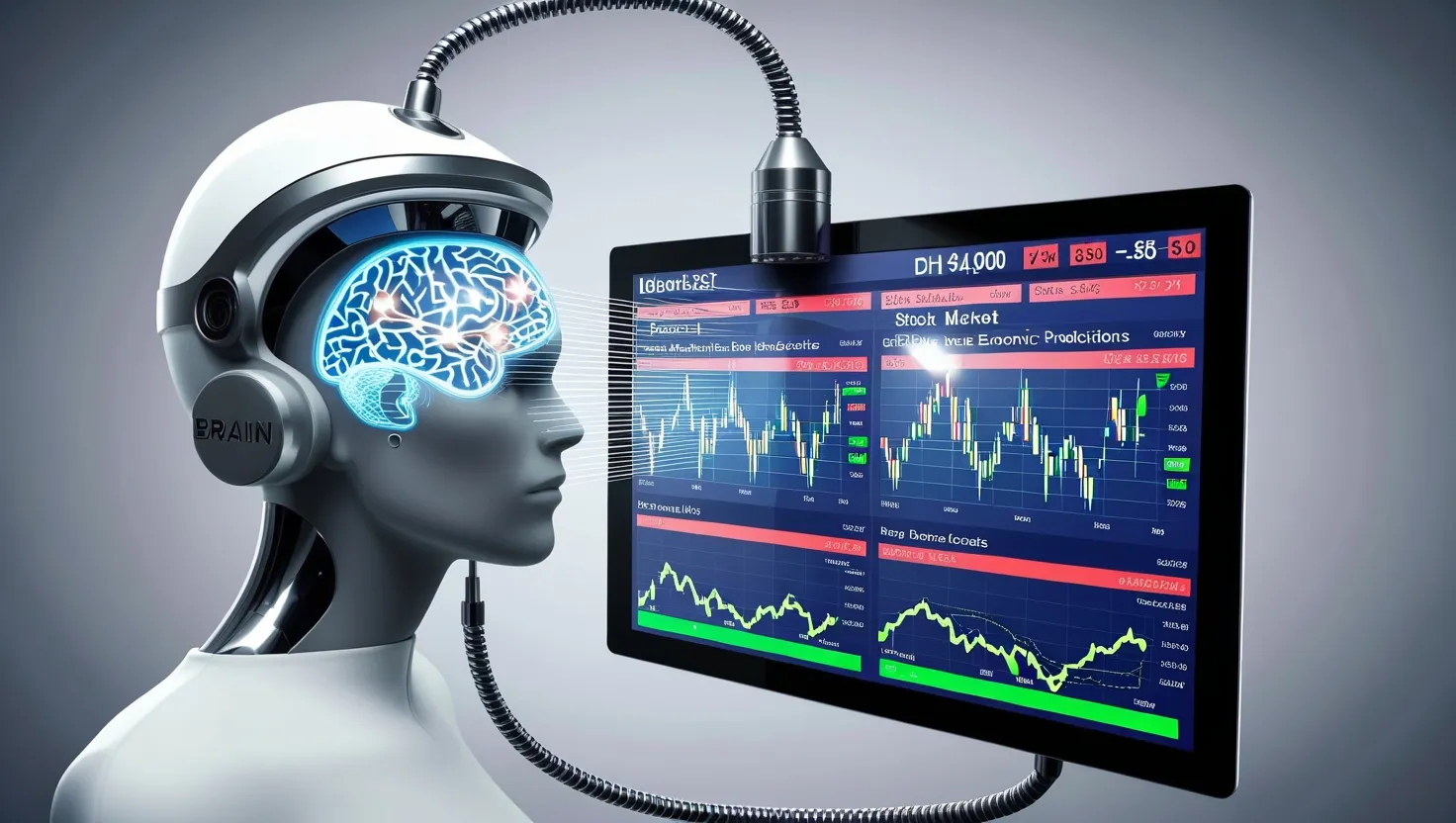Imagine a world where your investment decisions are guided not by traditional economic models or sentiment analysis, but by real-time brain scans of market participants. This innovative approach, known as neuroeconomic forecasting, combines advanced neuroimaging techniques with market prediction to tap into the collective neural activity of traders, investors, and consumers.
At the heart of neuroeconomics is the idea of bridging the gap between neuroscience and economics. By studying the brain’s structure and function, researchers can gain insights into the cognitive processes that drive economic behavior. This field has evolved significantly with the integration of artificial intelligence (AI), enabling businesses to predict consumer behavior, employee performance, and market trends with unprecedented precision.
One of the key ways neuroeconomic forecasting works is through the use of neuroimaging techniques such as functional magnetic resonance imaging (fMRI) and electroencephalography (EEG). These tools allow researchers to observe how different regions of the brain respond to various stimuli, such as financial news, product launches, or economic indicators. For instance, studies have shown that activity in the nucleus accumbens and anterior insula can forecast stock price movements and inflections, even when conventional stock indicators fail to do so.
This approach is particularly powerful because it bypasses conscious biases and taps into subconscious reactions that often drive market behavior. In traditional forecasting, analysts rely on historical data and stated preferences, which can be influenced by various biases. However, neural activity can provide a more accurate and immediate reflection of how people truly feel about economic events.
For example, in the context of stock markets, neuroimaging can reveal how a group of investors’ brains react to the assessment of stock prices. This collective neural activity can forecast subsequent changes in stock prices, even when individual choice behavior and conventional indicators do not. This phenomenon is often referred to as “neuroforecasting,” where brain activity serves as a leading indicator of market trends.
The predictive power of neuroeconomic models extends beyond stock markets. In consumer neuroscience, brain activity is used to predict individual preferences and sales. For instance, neural measures have been used to forecast the commercial success of movies, the engagement levels of video content, and even the outcomes of crowdfunding campaigns. These predictions often surpass those made using traditional behavioral methods, such as self-report ratings.
AI plays a crucial role in enhancing these predictive models. By integrating neuroeconomic insights with AI-driven data analysis, businesses can simulate countless scenarios and predict how changes in economic variables or business strategies might influence consumer behavior. For example, AI models can predict how different segments of consumers might respond to a flash sale or a limited-time offer by understanding the neural correlates of impulse purchases.
In the realm of finance, this technology can be particularly beneficial. Advanced neural networks, such as Gated Recurrent Units (GRU) and Long Short-Term Memory (LSTM) models, have been used to predict stock prices with remarkable accuracy. These models outperform traditional forecasting methods, such as ARIMA, by leveraging historical data and neural activity to make more precise predictions.
The implications of neuroeconomic forecasting are vast. It offers businesses a unique edge in predicting and navigating economic shifts. By understanding the neural basis of economic decisions, companies can tailor their marketing efforts to individual consumer preferences, optimize their organizational structures, and anticipate market shifts with greater accuracy.
For investors, this means making more informed decisions based on real-time insights into market sentiment. It’s no longer just about analyzing financial reports or economic indicators; it’s about understanding the underlying neural mechanisms that drive market behavior. This approach can help investors avoid pitfalls such as herd behavior and emotional decision-making, which are often driven by subconscious reactions rather than rational analysis.
In a broader sense, neuroeconomic forecasting challenges traditional assumptions of market efficiency. It suggests that markets are not always rational and that collective neural activity can reveal “hidden information” that conventional methods miss. This perspective opens up new avenues for research and application, particularly in dynamic and competitive environments like stock markets.
As this technology advances, it is likely to become a mainstay in strategic business decision-making. Businesses that adopt neuroeconomic forecasting will be better positioned to respond to change and capitalize on it, ensuring sustained growth and competitiveness. It’s a future where understanding the market is as much about neuroscience as it is about numbers, offering a nuanced and advanced toolkit for navigating the complexities of economic behavior.
In conclusion, neuroeconomic forecasting represents a revolutionary shift in how we predict and understand market behavior. By merging brain imaging with market prediction, we can tap into the subconscious drivers of economic decisions, making our forecasts more accurate and our strategies more effective. As we continue to explore this intersection of neuroscience and economics, we are likely to uncover even more innovative ways to anticipate and adapt to the ever-changing landscape of the financial world.






